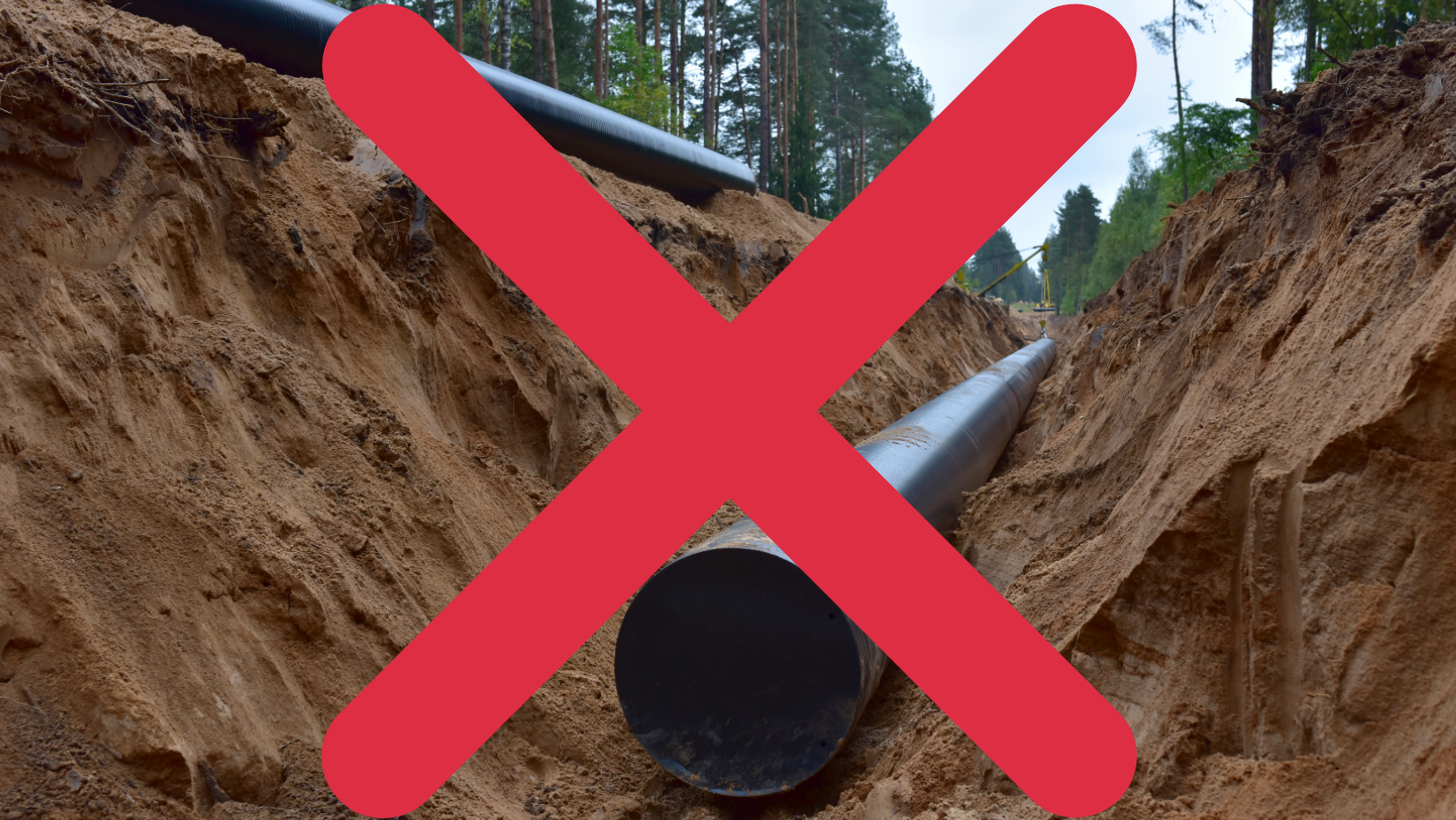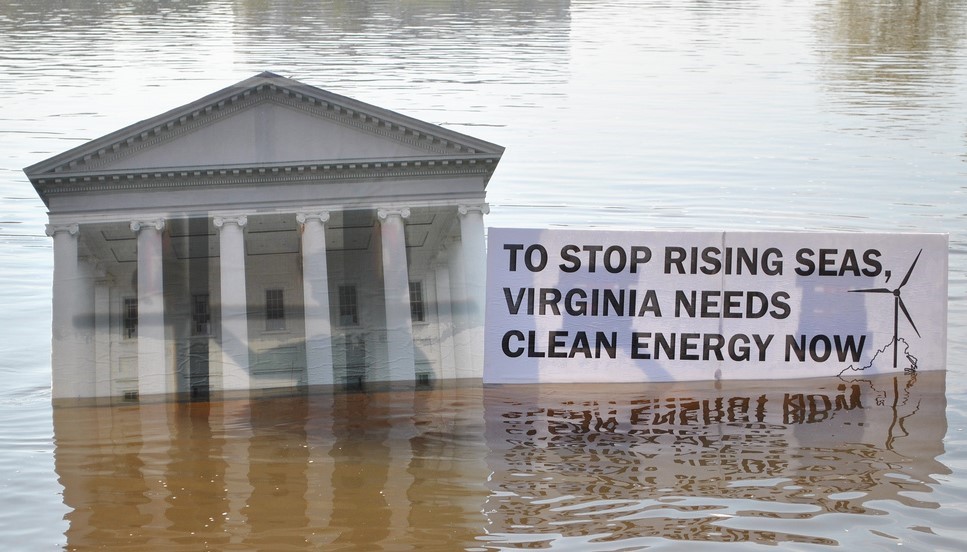FOR IMMEDIATE RELEASE: March 31, 2021
Contact:
Mike Tidwell, CCAN director, 240-460-5838, mtidwell@chesapeakeclimate.org
Laura Cofsky, CCAN, 571-275-6696, laura@chesapeakeclimate.org
Groundbreaking study has possible national implications while calling for immediate, commonsense rescue actions from the local City government and volunteers.
TAKOMA PARK, MD – In what may be the first tree survey of its kind in the nation, an invasive plant specialist in February walked all 36 miles of the streets and adjacent areas of Takoma Park, MD looking for non-native vines. What he found was startling. He directly identified nearly 5,000 trees in the city being overwhelmed by invasive vines like English Ivy.
The startling results in a small city known to highly value its tree canopy could signal that the scale of invasive vine destruction nationwide is far beyond previous assumptions. The study also identifies relatively low-resource, commonsense solutions to the problem. Most of the trees in the survey can be saved in 5-10 minutes by volunteers using common garden clippers and pruning saws.
The survey, conducted in February 2021 and commissioned by the Chesapeake Climate Action Network (CCAN), found that a total 4,850 trees were so invested with climbing vines that they could die within 5-7 years. The large majority of affected trees were more than 20 years old and some were beyond a century in age. Trees play a huge role in sequestering carbon dioxide, cooling urban neighborhoods, and beautifying property.
“We knew non-native invasive vines were a big problem for Takoma Park trees, but we were still shocked by the findings in this study,” said Mike Tidwell, director of the Chesapeake Climate Action Network. “Put together, 5,000 trees in an urban setting can cover acres of land and, if lost, represent a huge amount of money, comfort, and climate benefits.”
The report was conducted by native plant specialist Jesse Buff of Takoma Park. It points out that planting 5,000 new trees and protecting them to the age of several decades – and some for over a century – would be a fantastically expensive undertaking for the city. Yet saving the same number of trees currently dying in plain sight from invasive vines would cost little beyond educating citizens and supporting local volunteer efforts already underway to eradicate invasive vines.
Last summer, volunteers organized by CCAN in Takoma Park eradicated deadly vines on over 700 trees in the city. Now the group is launching a weekly Saturday morning program where volunteers sign up to “adopt” between 10 and 100 trees in the city for rescue.
The CCAN survey cataloged the exact location of troubled trees on residential, commercial, and park property. Volunteers will be given addresses and asked to set out to meet with homeowners and business owners to encourage them to eradicate the vines themselves using quick, simple methods. Or property owners can elect to have volunteers do it for them. By autumn, the goal is to have rescued all 4,850 trees in the city.
CCAN hopes the Takoma Park survey and volunteer system will become a model for other city, county and state programs nationwide to save affected trees. And again, you can read the full report here. Volunteers can get involved by signing up here and visiting this website.
###
The Chesapeake Climate Action Network is the first grassroots organization dedicated exclusively to raising awareness about the impacts and solutions associated with global warming in the Chesapeake Bay region. For nearly 20 years, CCAN has been at the center of the fight for clean energy and wise climate policy in Maryland, Virginia, and Washington, D.C.






